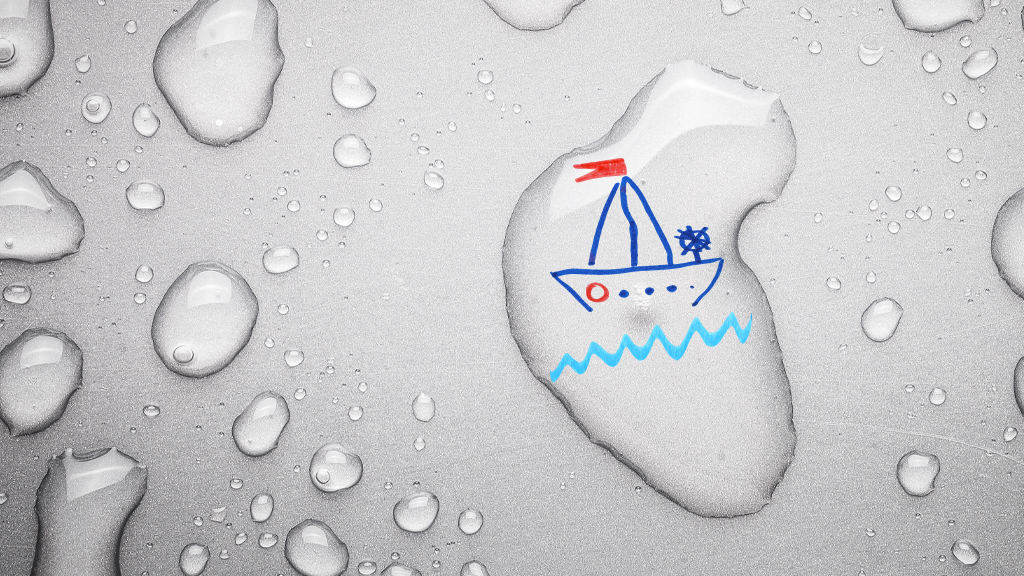Press Release
September 2: NSTA Fall 2020 Conference Update
Right to the Source
A Bump on the Head
The Science Teacher—September/October 2020 (Volume 88, Issue 1)
By Michael Apfeldorf
Current Science Classroom
The New Normal
The Science Teacher—September/October 2020 (Volume 88, Issue 1)
By Chris Anderson
Career of the Month
Online science educator Julia Brodsky
feature
Evolutionary Relationships Argument
Using pictures, online articles, and databases to make an argument about the evolutionary relationships of three animals
feature
Using Climate Models to Learn About Global Climate Change
Investigating the Phenomenon of Increasing Surface Air Temperatures Using a Global Climate Modeling Approach
The Science Teacher—September/October 2020 (Volume 88, Issue 1)
By Devarati Bhattacharya, Kimberly Carroll Steward, Mark Chandler, and Cory Forbes

feature
Is Vaping Harmful?
Using the issue of e-cigarette regulation to teach homeostasis and feedback loops
The Science Teacher—September/October 2020 (Volume 88, Issue 1)
By Amanda Peel, Jordan Rockett, Patricia Friedrichsen, Laura Zangori, Clayton Elmy, and Brandon Wagner

feature
Using Pop Culture to Teach Genetics
Teaching patterns of inheritance using students’ favorite celebrity couples







